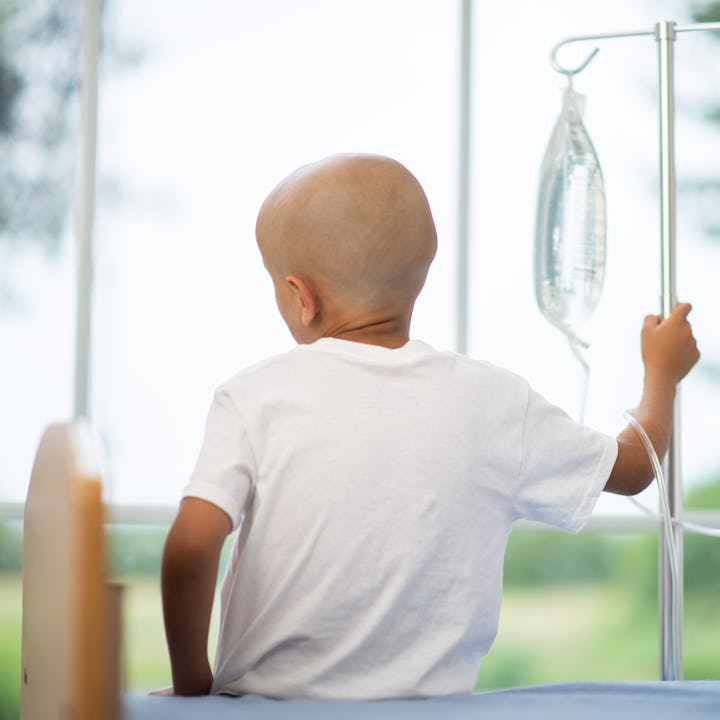Proximity To Fracking Sites Linked To Spike In Children’s Leukemia Diagnoses
The latest study from Yale is just one of many looking at the health repercussions of hydraulic fracturing for oil.

Nearly 20 years ago, the United States started using hydraulic fracturing, commonly known as fracking, to secure oil and gas. And while gas companies have repeatedly claimed that the process is safe, new evidence about the health of children living near these fracking sites suggests the opposite.
A novel study from Yale School of Public Health has found that children in Pennsylvania living near unconventional oil and gas (UOG) sites at birth were two to three times more likely to be diagnosed with leukemia between the ages of 2 and 7 than their peers who didn’t live near the fracking sites.
The study included 2,500 Pennsylvania children, including 51 children who lived within 2,000 meters of a gas well. Of the participants, 405 in total had been diagnosed with acute lymphoblastic leukemia, also known as ALL. Of the 51 living within the 2,000-meter radius of a gas well, 14 had been diagnosed with ALL, or roughly 27.5% of the children living close to the gas wells.
ALL is a type of cancer of the blood and bone marrow, and it is the most common type of cancer affecting children. While the long-term survival rate is high, children who survive this type of cancer could be at a higher risk of health issues down the line, including developmental and psychological challenges.
“Unconventional oil and gas development can both use and release chemicals that have been linked to cancer, so the potential for children living near UOG to be exposed to these chemical carcinogens is a major public health concern,” said the study’s senior author, Nicole Deziel, associate professor of epidemiology at the Yale School of Public Health.
The study specifically looked at how drinking water contaminated by fracking residuals can impact health.
“Previous health studies have found links between proximity to oil and gas drilling and various children’s health outcomes,” said Deziel. “This study is among the few to focus on drinking water specifically and the first to apply a novel metric designed to capture potential exposure through this pathway.”
The safety of fracking has been repeatedly called out in previous studies as well. Back in April, nonprofit Physicians for Social Responsibility and Concerned Health Professionals of New York compiled 2,239 peer-reviewed papers that found evidence of serious harm to not only people living close to the sites, but fracking site workers and wildlife as well. One of the more recent studies linked living near fracking wells to earlier deaths for people over the age of 65.
Fracking has been linked to health issues including prenatal harm, respiratory issues, various cancers, heart disease, mental health concerns, and premature death. Air and water pollution created by fracking has also created a host of health issues for those closest to the sites.
Yale’s study findings suggest that UOG operations need to be at least two kilometers or further away from residential areas and drinking water wells to prevent clusters of cancer to pop up in towns with fracking. As it stands, fracking sites tend to have setback distances as little as 150 feet, according to the study. Pennsylvania currently requires UOG sites to have at least a 500-foot setback distance.
The mounting evidence is damning. “There are enough studies now that show that fracking threatens the health of workers and communities and threatens the mental and physical health of people who work nearby and children who go to school nearby,” Dr. Ned Ketyer, president of Physicians for Social Responsibility Pennsylvania, told Mother Jones. “There’s enough of those associations now between fracking and bad health outcomes that should be informing regulators, politicians, and industry that there needs to be a better way.”